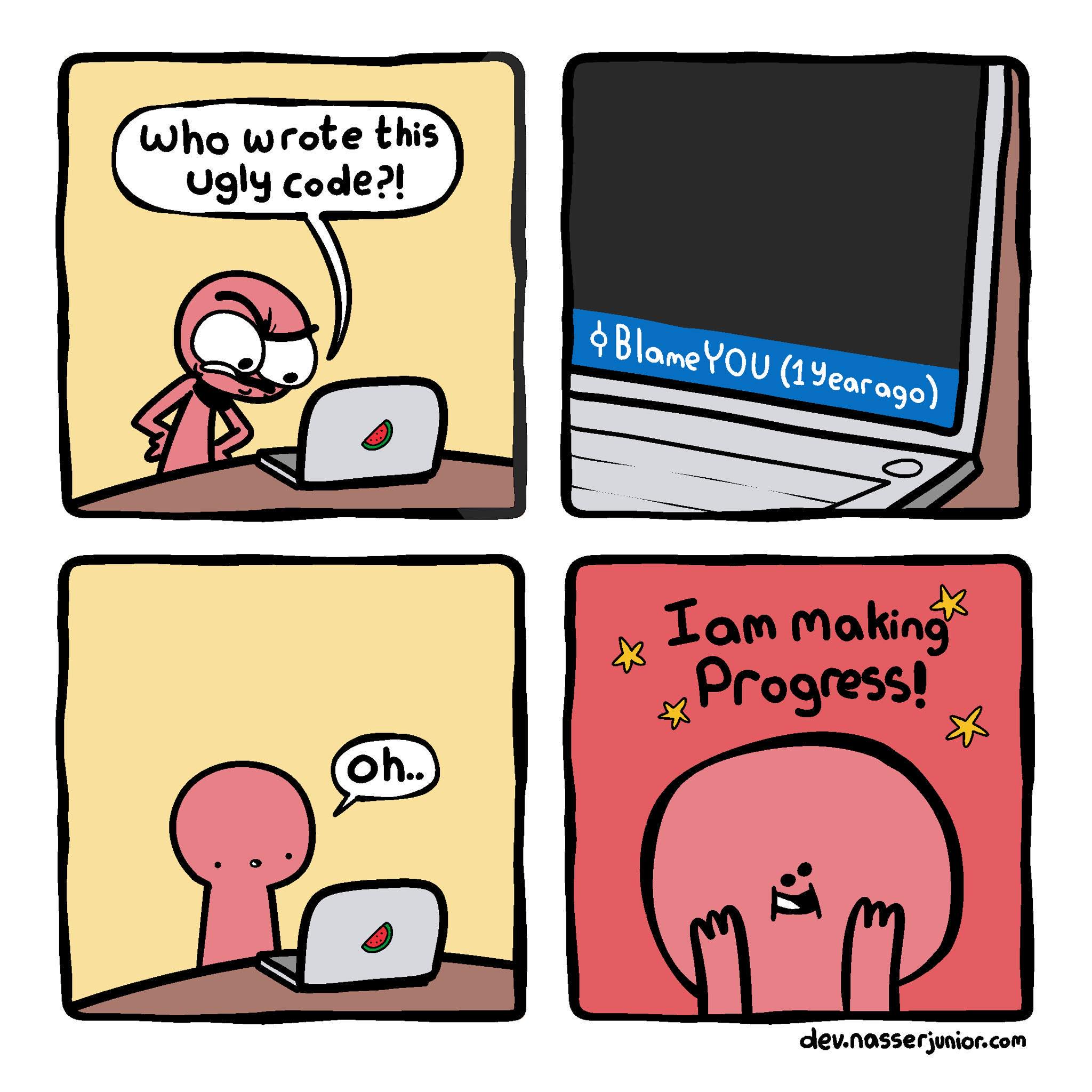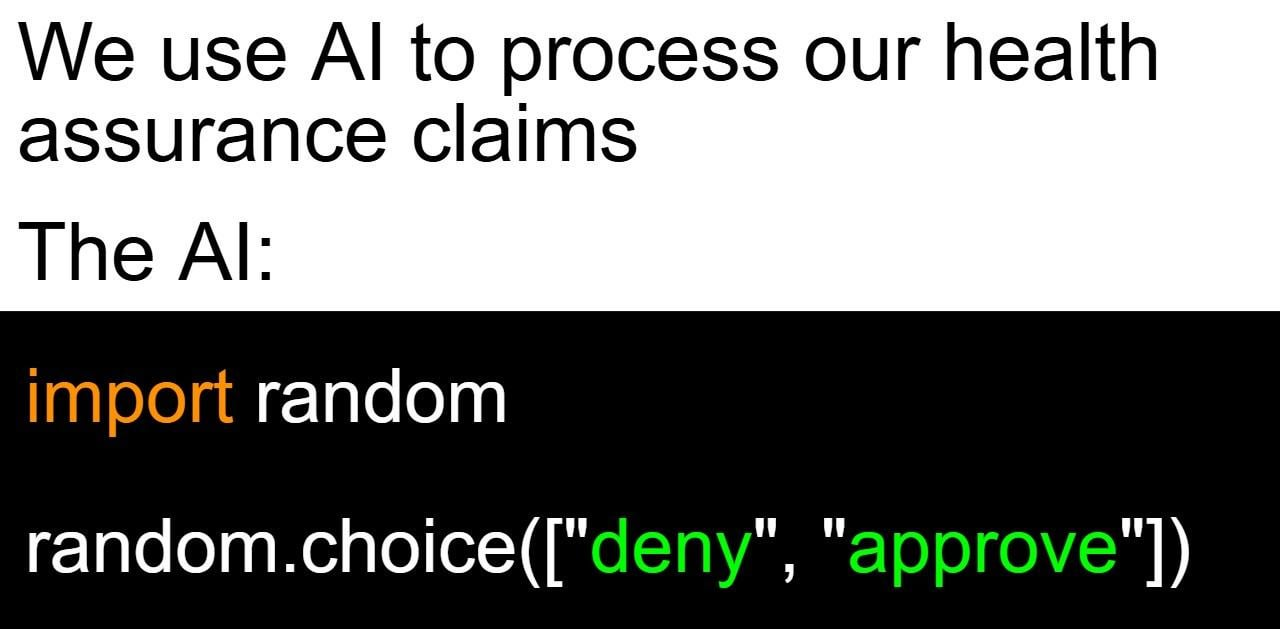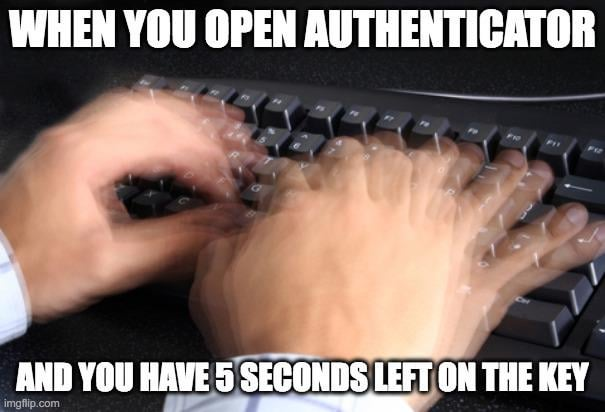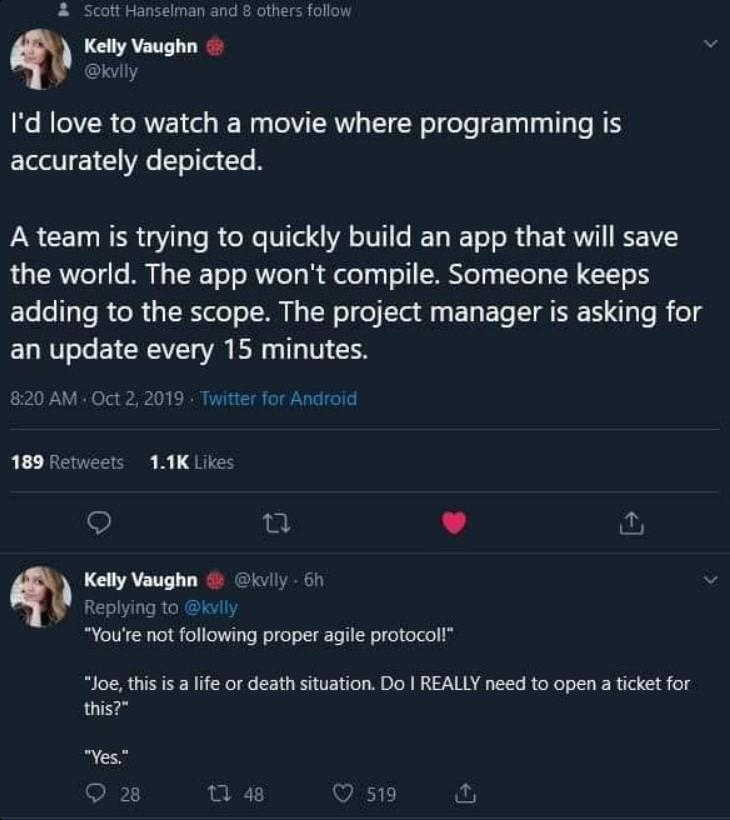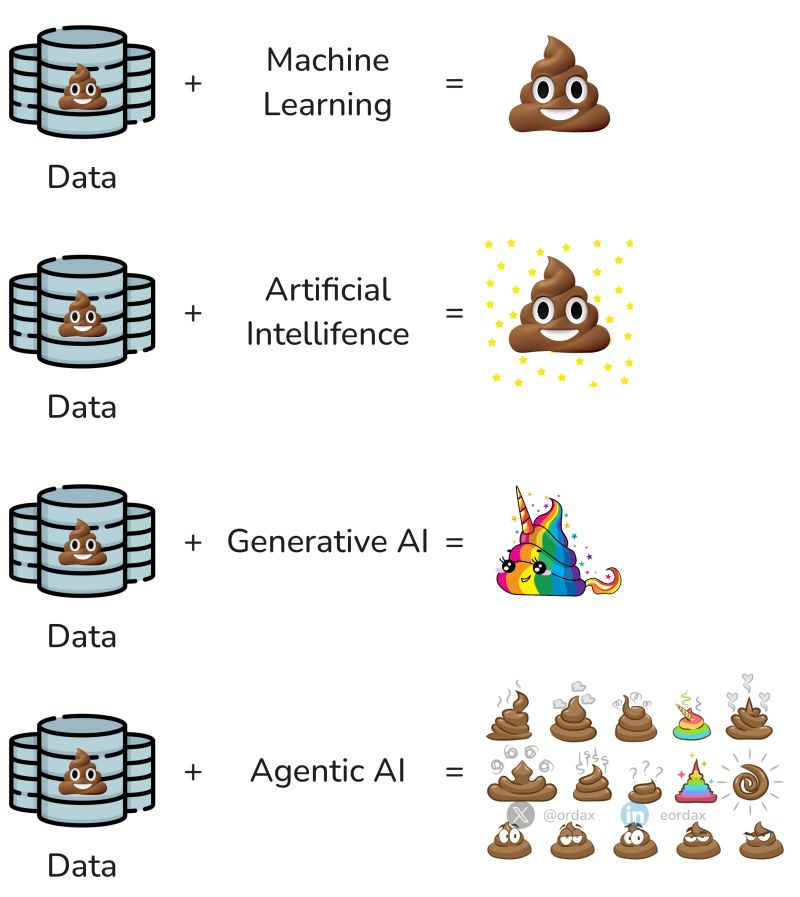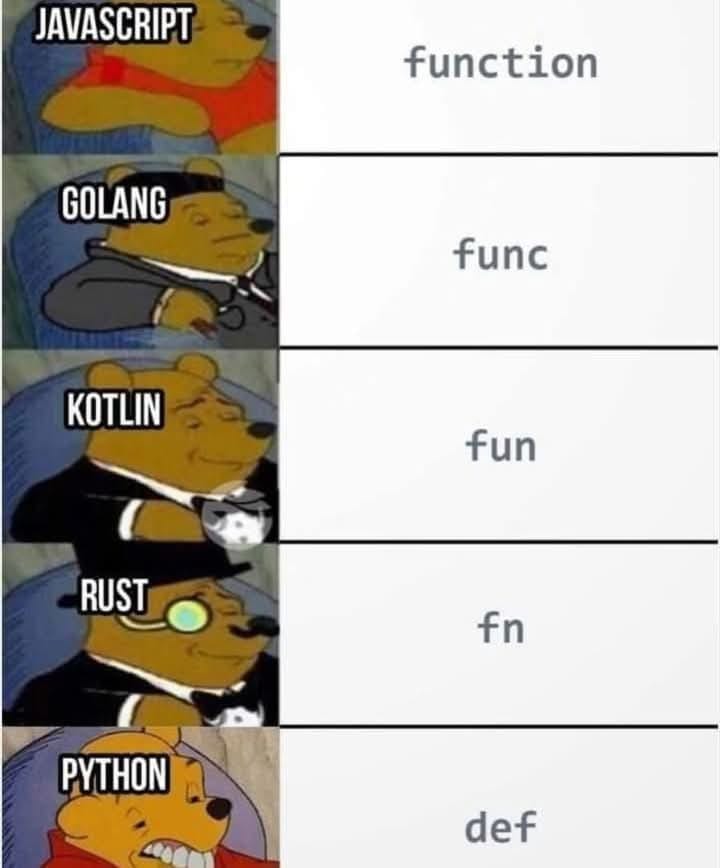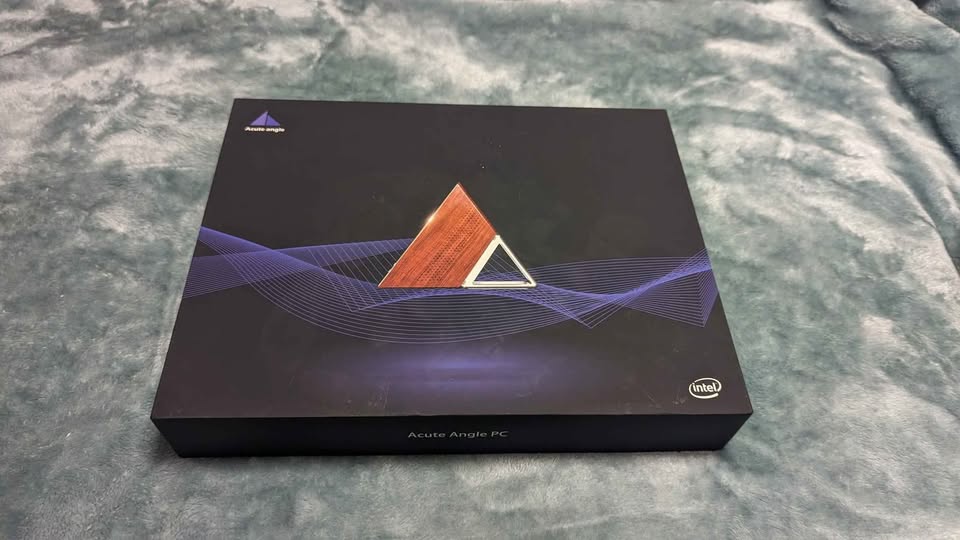
Here’s what’s happening in the thriving tech scene in Tampa Bay and surrounding areas for the week of Monday, December 30, 2024 through Sunday, January 5, 2025! This list includes both in-person and online events.
Note that each item in the list includes:
✅ When the event will take place
✅ What the event is
✅ Where the event will take place
✅ Who is holding the event
This week’s events
- Monday, December 30
- Tuesday, December 31
- Wednesday, January 1, 2025
- Thursday, January 2
- Friday, January 3
- Saturday, January 4
- Sunday, January 5
Keep in mind that when it comes to meetups and other extracurricular activities, this is one of the slower weeks of the year.
Many organizers schedule their events on Meetup “on autopilot” (such as “the first Wednesday of the month) and may not have accounted for New Year’s Eve and Day this week. Before you attend an event this week, check with the organizers to confirm that it’s actually happening, especially if it’s scheduled for Tuesday (New Year’s Eve), Wednesday (New Year’s Day), and Thursday (Hangover Day)!
Monday, December 30
Tuesday, December 31
Wednesday, January 1, 2025
Thursday, January 2
| Event name and location | Group | Time |
|---|---|---|
| Canasta Grand Bay Building 3 |
Grand Bay Canasta Meetup Group | 1:00 PM to 4:00 PM EST |
| Gulfport Scrabble and Social The Drunken Taco |
Gulfport Scrabblers and Social | 5:00 PM to 7:00 PM EST |
| Orlando Chess Association West Osceola Library |
Chess in Orlando | 5:30 PM to 8:30 PM EST |
| The Fallen Lands 2103 Laceflower Dr |
Brandon and Seffner area AD&D and OSR Group | 6:00 PM to 9:30 PM EST |
| Warhammer Night Critical Hit Games |
Critical Hit Games | 6:00 PM to 11:00 PM EST |
| Writing Meetup HotWax Coffee Shop, Kava Bar & Tap House |
Tampa Free Writing Group | 6:30 PM to 8:30 PM EST |
| Tampa Bay Drupal & Web Technologies Q&A. Everyone welcome! The Bricks Ybor |
Tampa Bay Drupal User Group | 7:00 PM to 8:00 PM EST |
| Annual Community Round Table Bitcoin Bay Foundation |
Tampa Bay Bitcoin | 7:00 PM to 9:00 PM EST |
| One Piece Thursdays Sunshine Games | Magic the Gathering, Pokémon, Yu-Gi-Oh! |
Sunshine Games | 7:00 PM to 10:00 PM EST |
| Pathfinder Society Critical Hit Games |
Critical Hit Games | 7:00 PM to 10:00 PM EST |
| FABulous Thursdays Sunshine Games | Magic the Gathering, Pokémon, Yu-Gi-Oh! |
Sunshine Games | 7:00 PM to 11:00 PM EST |
| Live streaming production and talent 124 S Ring Ave |
Live streaming production and talent | 7:00 PM to 9:00 PM EST |
| January – Olga Dies Dreaming Crooked Thumb Brewery |
Books & Brews! | 7:00 PM to 9:00 PM EST |
| Return to the top of the list | ||
Friday, January 3
Saturday, January 4
Sunday, January 5
About this list
How do I put this list together? It’s largely automated. I have a collection of Python scripts in a Jupyter Notebook that scrapes Meetup and Eventbrite for events in categories that I consider to be “tech,” “entrepreneur,” and “nerd.” The result is a checklist that I review. I make judgment calls and uncheck any items that I don’t think fit on this list.
In addition to events that my scripts find, I also manually add events when their organizers contact me with their details.
What goes into this list? I prefer to cast a wide net, so the list includes events that would be of interest to techies, nerds, and entrepreneurs. It includes (but isn’t limited to) events that fall under any of these categories:
- Programming, DevOps, systems administration, and testing
- Tech project management / agile processes
- Video, board, and role-playing games
- Book, philosophy, and discussion clubs
- ️ Tech, business, and entrepreneur networking events
- Toastmasters and other events related to improving your presentation and public speaking skills, because nerds really need to up their presentation game
- Sci-fi, fantasy, and other genre fandoms
- Self-improvement, especially of the sort that appeals to techies
- Anything I deem geeky

